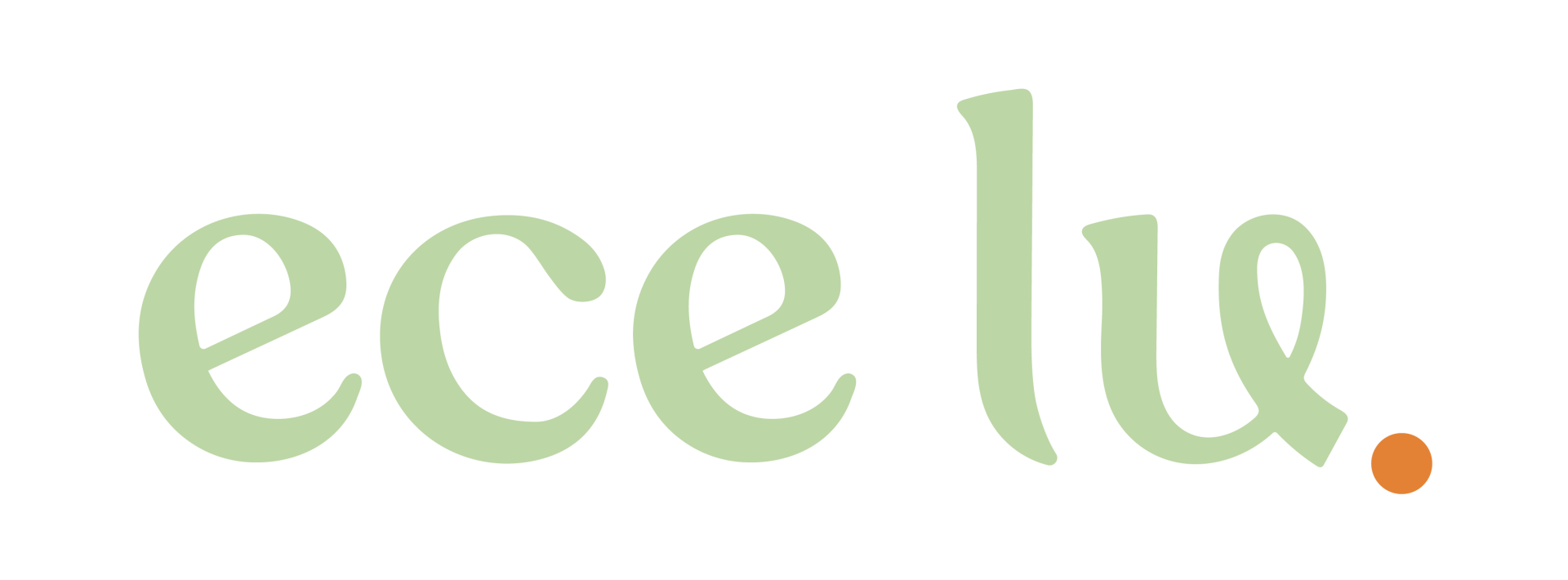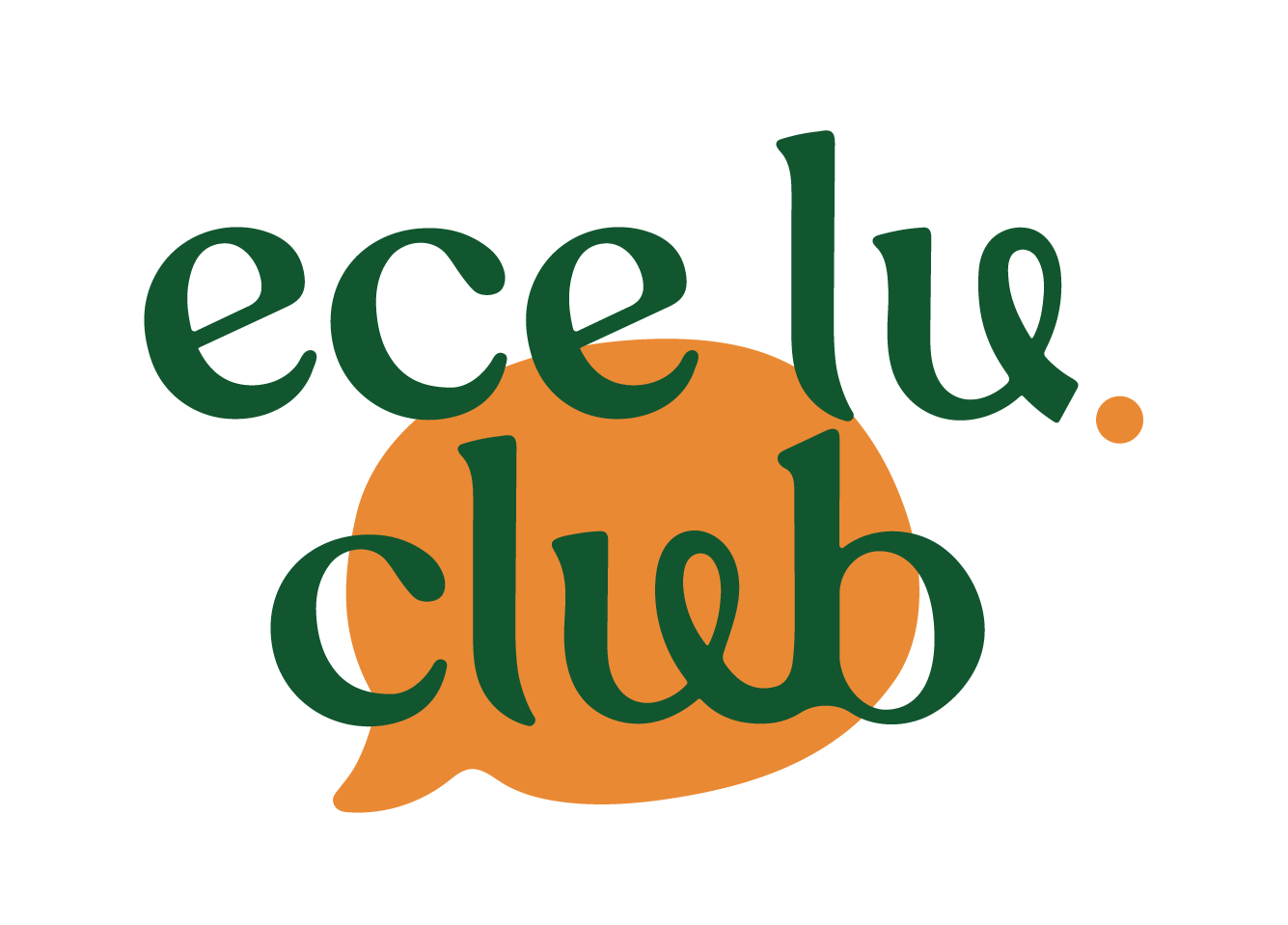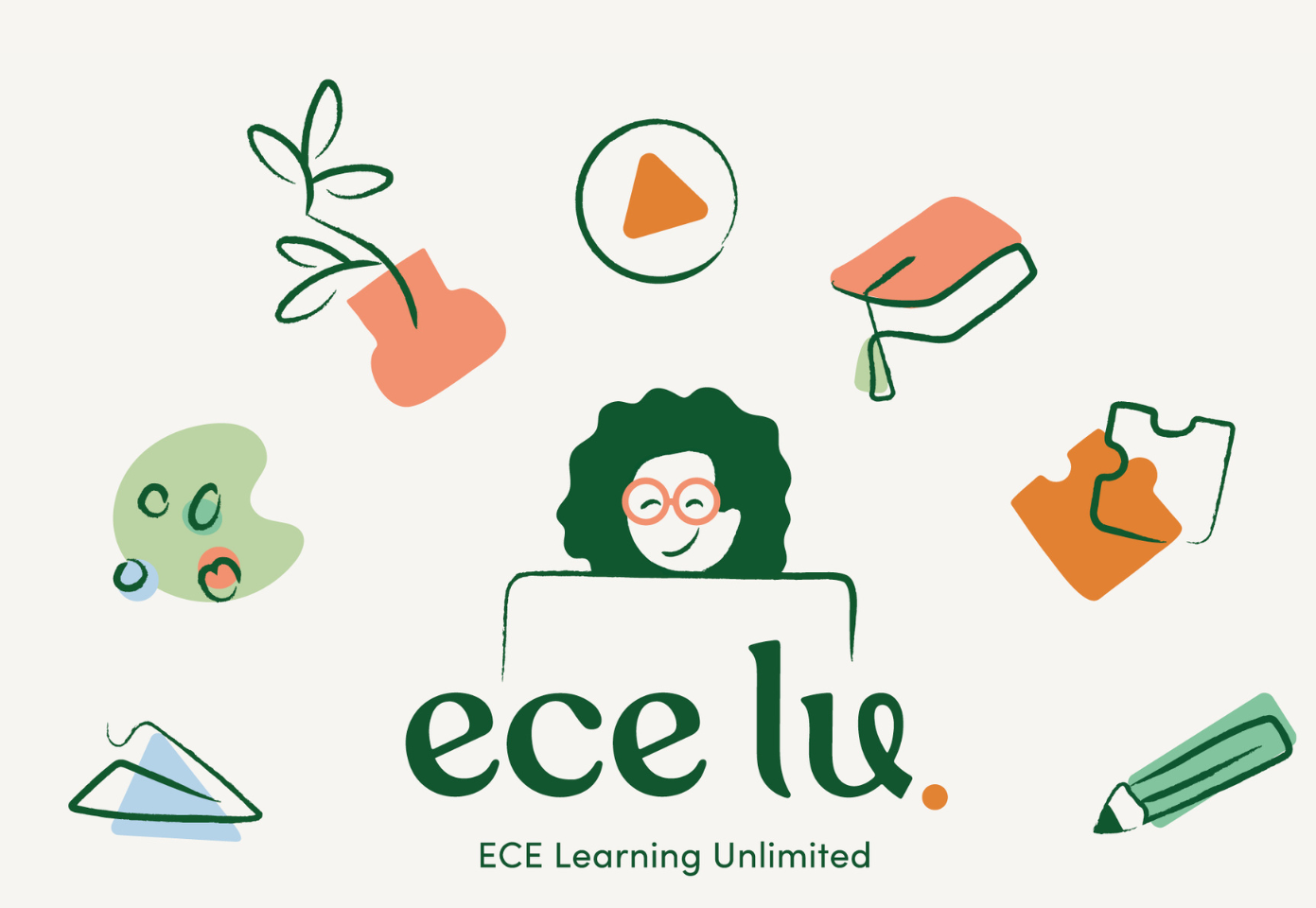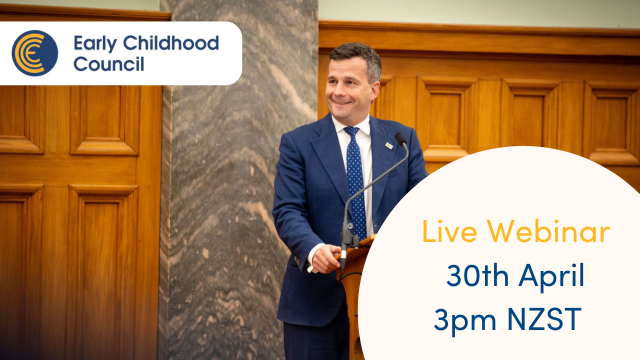There’s a quiet kind of magic that happens when you step into a room where tamariki are surrounded by loose parts. You might see driftwood balanced across tree stumps, shells sorted into patterns, and old ribbons tied to branches fluttering in the wind. To an untrained eye, it might seem messy or random. To a kaiako who understands the language of play, it’s learning in its purest form.
Loose parts are more than materials. They are provocations for thinking, creativity, and connection. Simon Nicholson, the architect and theorist who coined the term Loose Parts in 1971, believed that the richness of an environment directly relates to the number and kind of variables it contains. In other words, the more flexible and open the materials, the more possibilities for exploration and discovery. That idea sits beautifully within our New Zealand curriculum, Te Whāriki (2017), which reminds us that “children learn through active exploration of their environment.”
When tamariki engage with loose parts, they aren’t just playing - they are testing theories, making predictions, and learning to collaborate. They’re building what Piaget described as schemas of understanding - those deep mental structures formed through repeated experience. Whether it’s filling and emptying containers, rolling and stacking, or transforming a stick into a wand, children are constructing knowledge through sensory and hands-on discovery.
Loose parts also bring Vygotsky’s idea of social constructivism to life. In these open-ended moments, learning is shared and co-created. Older tamariki guide younger ones, modelling language and reasoning. The teacher becomes a partner in inquiry, extending thinking by posing questions such as, “What else could you use to make it stand?” or “How might you make that bridge stronger?” This reflects ako in its truest form - reciprocal learning that honours every participant.
At the heart of it all is Mana Aotūroa (Exploration). Through open-ended materials, tamariki learn to wonder, to try, and to problem-solve. They learn that failure is not final but part of discovery. The dispositions that grow from this, curiosity, persistence, resilience, they are the same ones that will carry them through life.
Loose parts also deepen Mana Whenua and kaitiakitanga. Using natural and recycled materials encourages children to see themselves as caretakers of the environment. They learn that treasures from the earth, like leaves and stones, hold just as much beauty as anything store-bought. Collecting and caring for these materials becomes an act of respect for Papatūānuku.
This aligns strongly with He Māpuna te Tamaiti, which guides us to nurture children’s social and emotional competence. Loose parts naturally encourage cooperation, empathy, and negotiation. When tamariki collaborate to build a marble run or construct a village from boxes, they are practising leadership, turn-taking, and shared problem-solving.

The Reggio Emilia philosophy, grounded in the work of Loris Malaguzzi, also reinforces the idea that the environment is “the third teacher.” In a loose parts-rich space, every item is intentional, inviting engagement and reflection. The materials themselves speak to children, saying, “You can change me. You can create.”
As kaiako, we are called to listen to those conversations between child and material, between peers, and between children and nature. Loose parts play challenges us to slow down, observe, and truly see the learning that unfolds in front of us.
So, let’s make loose parts an essential part of every ECE environment. Let’s keep baskets filled with shells, boxes, fabric, and wood available every day. Let’s step back and allow tamariki the time to explore without expectation. Because when we do, we honour the vision of Te Whāriki; that children will grow up as competent and confident learners, secure in their sense of belonging, and connected to the world around them.
Loose parts are not a trend or a Pinterest idea. They are the living expression of curiosity, belonging, and possibility.
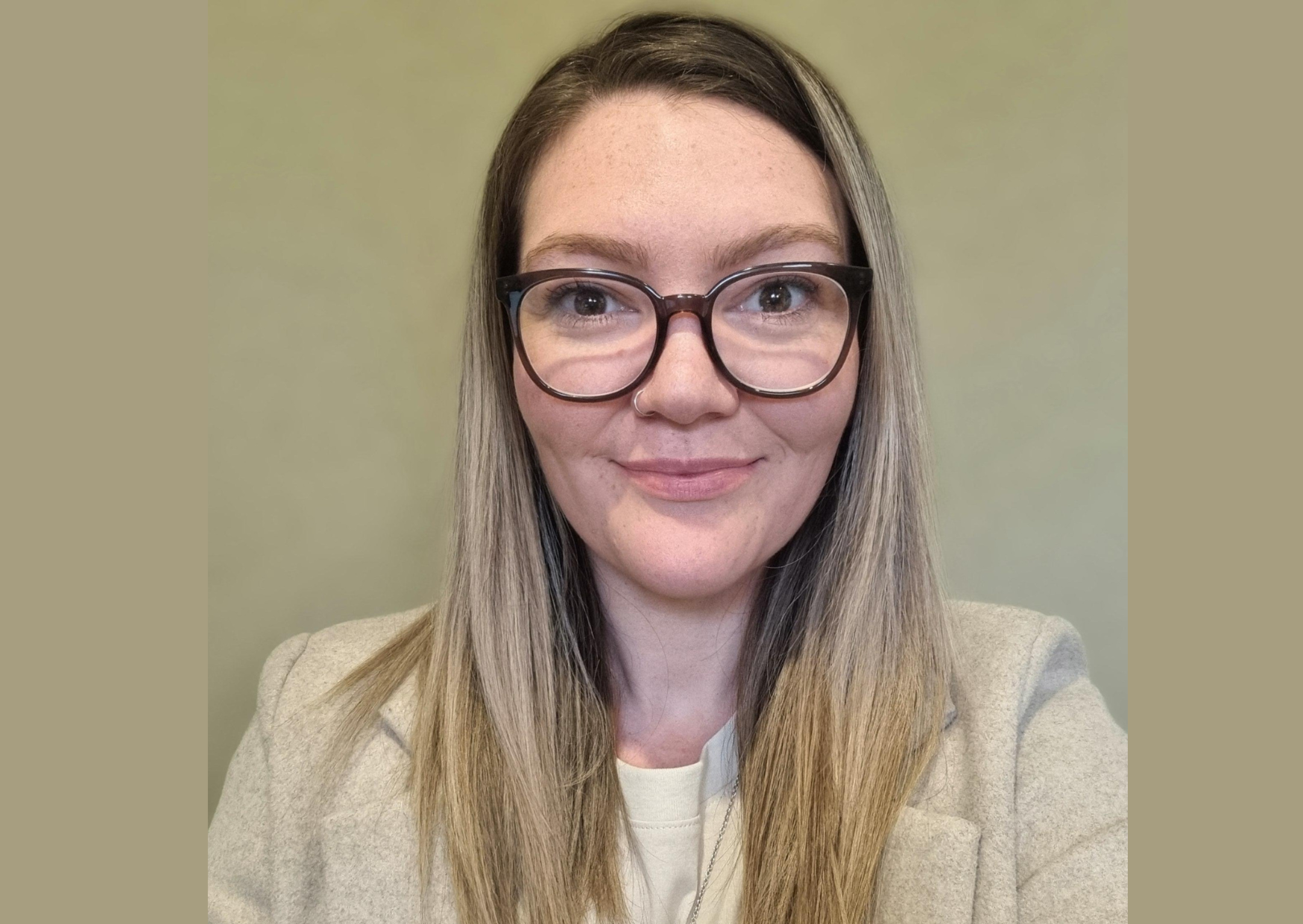
Jessica Thomson
Jess is an experienced early childhood leader and educator with a passion for inspiring teachers and supporting professional growth. A proud mum of three, she blends real-life experience with a deep understanding of early learning, leadership, and curriculum design.
Share your thoughts...

